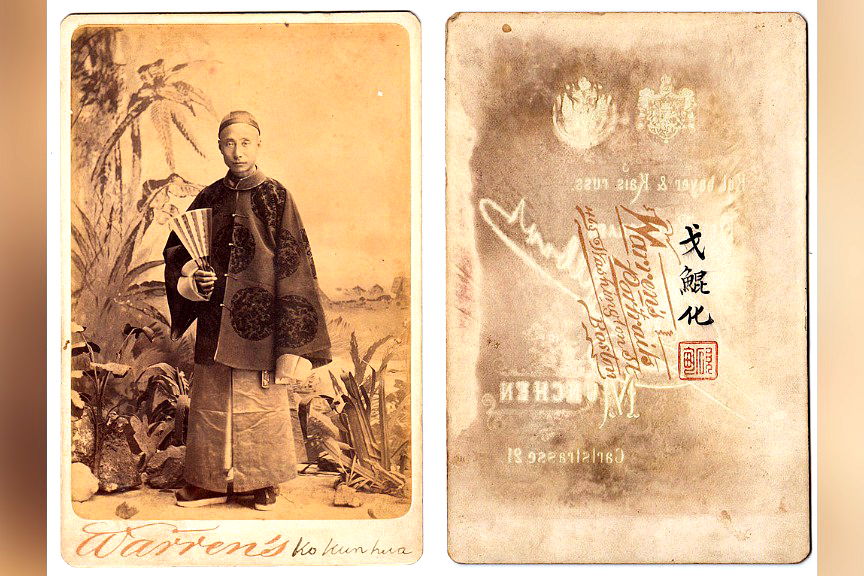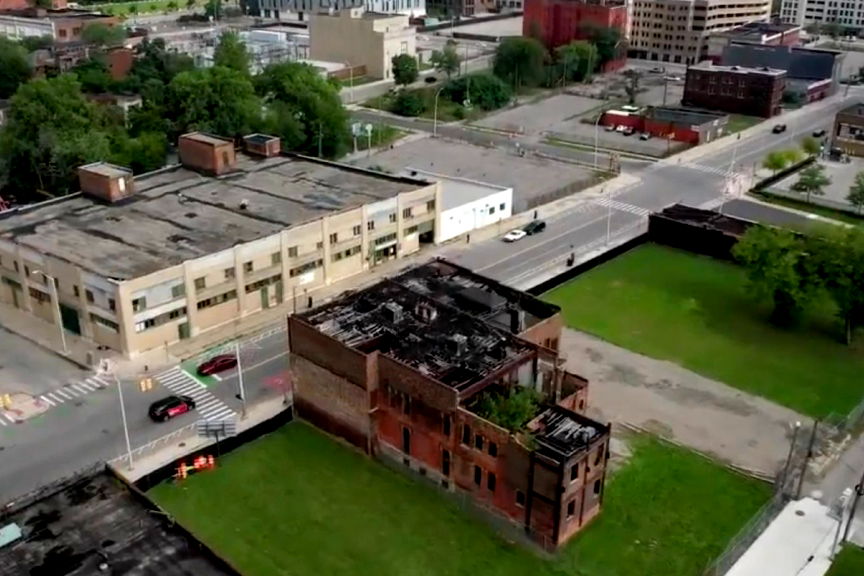Why Denver’s Chinatown was forgotten — and what’s being done to remember it



By Bryan Ke
A mural has been set up in Denver to honor the city’s long-gone Chinatown, which was destroyed following an anti-Chinese riot in 1880 that displaced many Chinese immigrants.
About the project: Colorado Asian Pacific United (CAPU) chose Hmong American artist Nalye Lor to create the mural as a way to honor the former Chinatown and acknowledge the contributions of Chinese Americans in the region.
“That’s what my hope is, their timeline has gone on and on. The Chinatown isn’t here anymore, but it lives on and it will continue in the future,” Lor told Denver 7.
Key details: Work on the mural, which can be found on the brick wall outside of Denver Fire Station 4, began in April.
Joie Ha, vice chair on the CAPU board and mural project manager, noted that the project “is a way for us to physically, and metaphorically in a way, reclaim this space and let folks know what this place used to be like.”
The backstory: Denver’s Chinatown was once considered the largest Chinatown in the interior West. Many Chinese immigrants went to Colorado in the late 1860s to work on railroads and in the mines during the Pike’s Peak Gold Rush, also known as the Colorado Gold Rush. At its height, Denver’s Chinatown reportedly had nearly 1,000 residents.
The district was once located along Wazee Street between 15th and 17th Streets and later expanded to parts of Market Street between 15th and 20th Streets. Several people reportedly referred to Chinatown using the derogatory term “Hop Alley” due to the opium dens located in the district.
Why it was destroyed: An anti-Chinese riot erupted in Denver on Oct. 31, 1880, following an argument at a saloon between two Chinese patrons playing pool and a few intoxicated White patrons. A mob of around 3,000 people eventually formed, with many of them shouting “Stamp out the yellow plague!” while going on to tear down the city’s Chinatown.
Several homes and businesses of Chinese immigrants were destroyed, and one person was murdered during the riot: a man identified as Sing Lee, whose actual name was Look Young.
The aftermath: The incident resulted in over $30,000 in damages, a massive amount at the time. Chinese business owners were reportedly never compensated for their property or business losses despite the Chinese government’s efforts.
Although surviving residents tried their best to revive Chinatown, their efforts were in vain as the U.S. passed the Chinese Exclusion Act of 1882, which banned Chinese laborers from entering the U.S. for 10 years.
Denver’s Chinatown fully vanished by the 1940s.
In today’s time: A plaque was previously placed in Denver’s Lower Downtown neighborhood, but it was removed in August 2022 for inaccurately describing events surrounding the so-called “Chinese Riot of 1880.”
Besides the new mural, two other historical markers can be found at 1520 16th St. and 1620 Wazee Street.
Share this Article
Share this Article





